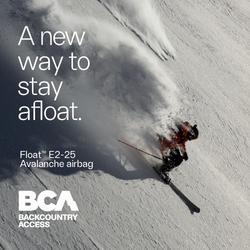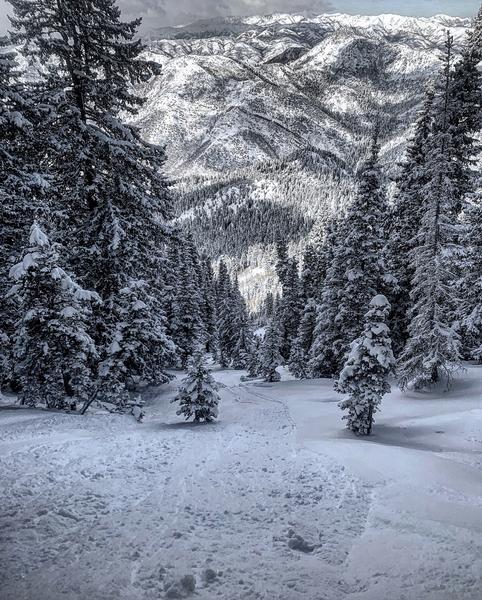Forecast for the Provo Area Mountains

Issued by Nikki Champion on
Wednesday morning, February 5, 2020
Wednesday morning, February 5, 2020
Today a MODERATE danger exists on all upper elevation aspects where fresh slabs of wind drifted snow exist.
Shallow soft slabs and sluffing remains possible in the new snow on steep slopes at the upper elevations.
A LOW avalanche danger is found on north-facing mid-elevation slopes and all slopes under 8,000' in elevation where generally safe avalanche conditions exist.
Heads up: A warm, wet, and windy storm will rapidly raise the avalanche hazard over the next few days.

Low
Moderate
Considerable
High
Extreme
Learn how to read the forecast here






